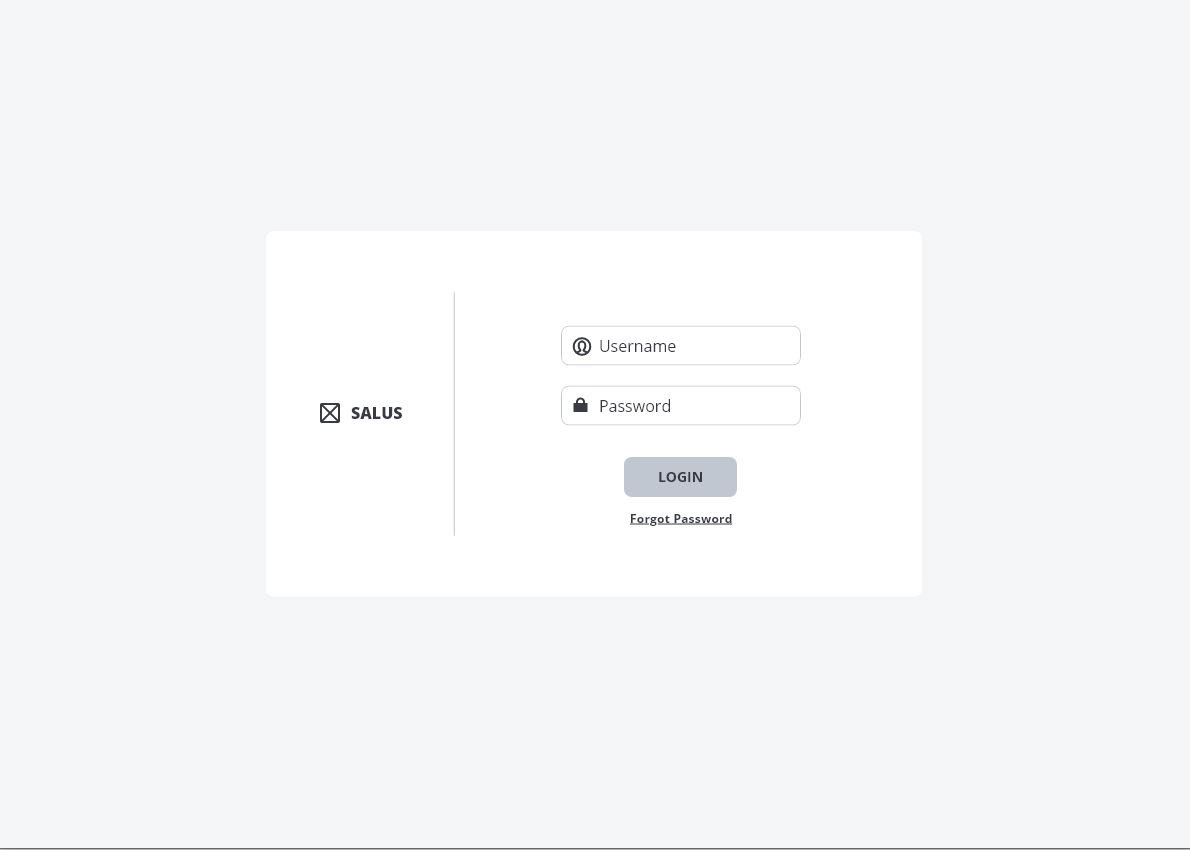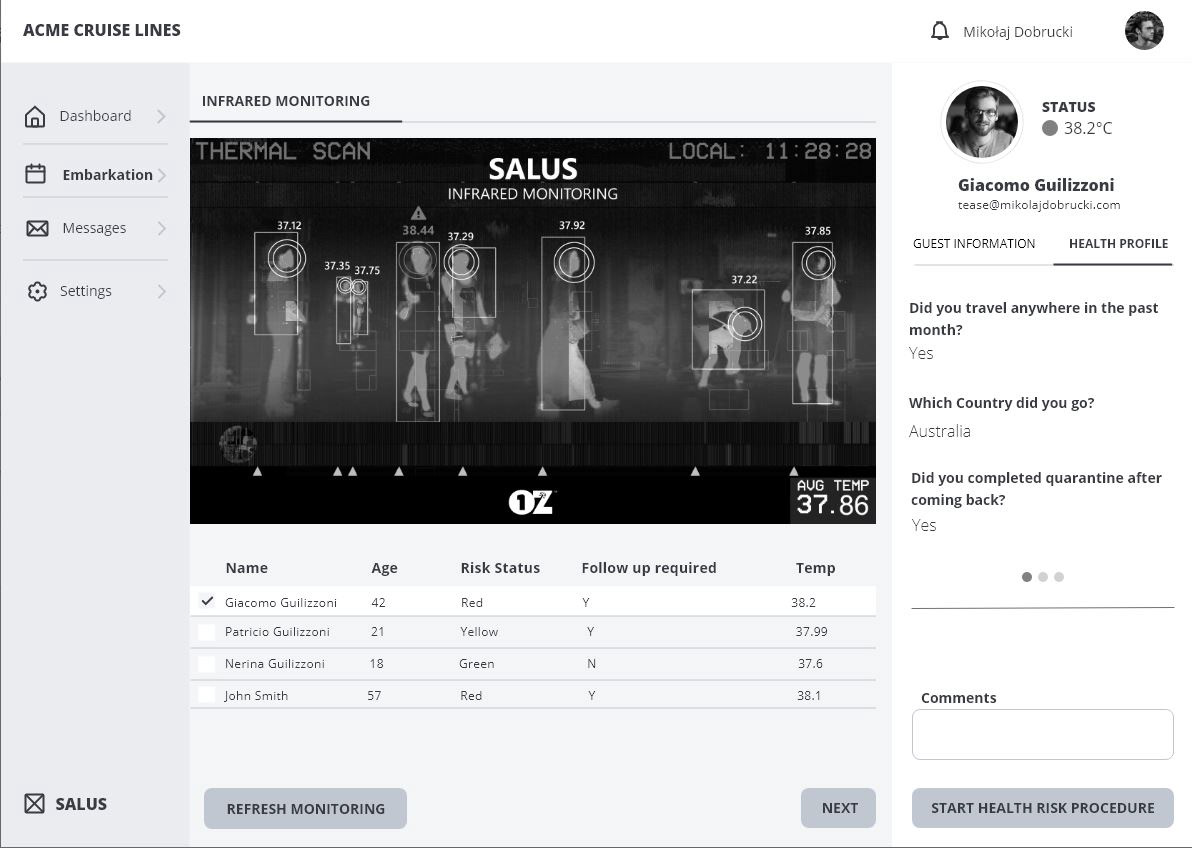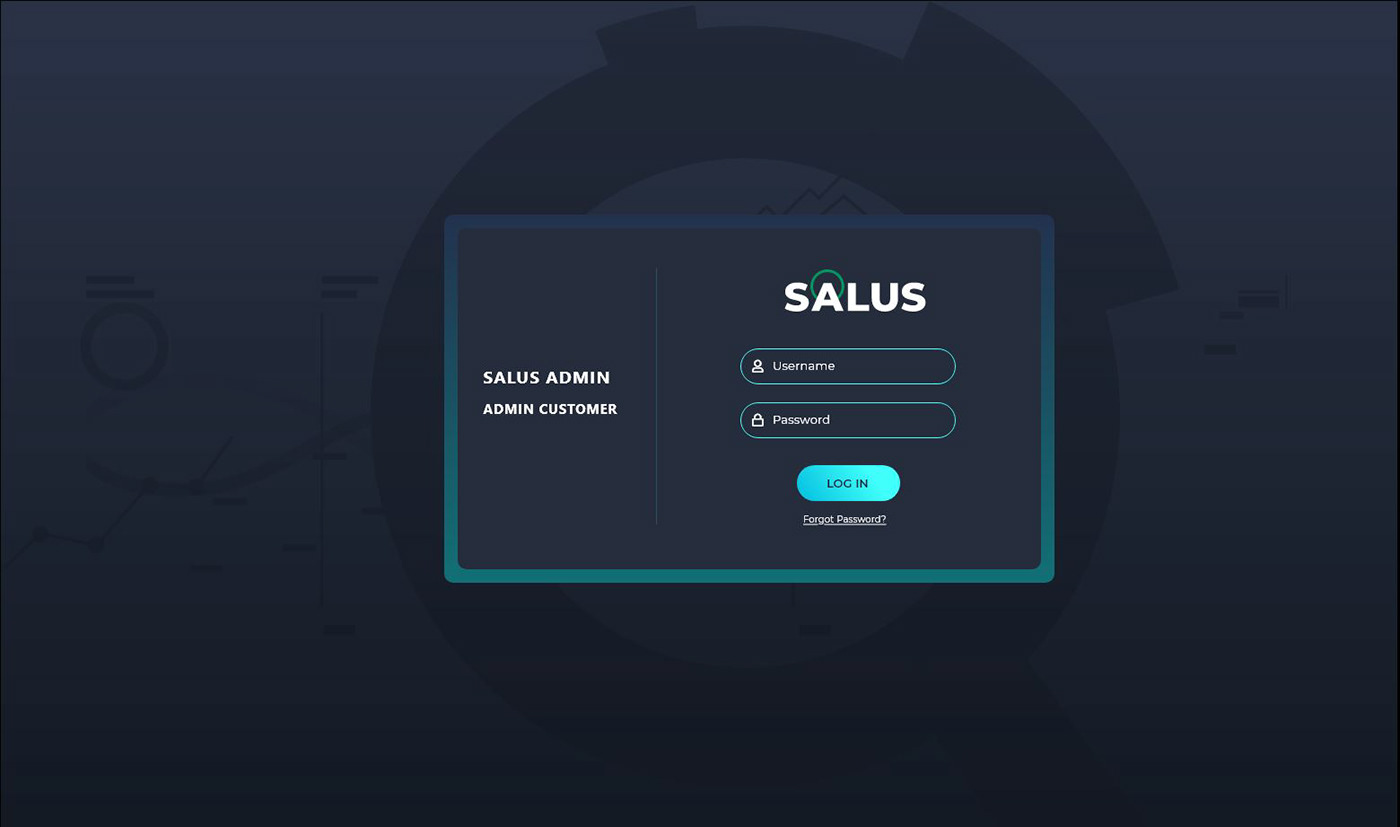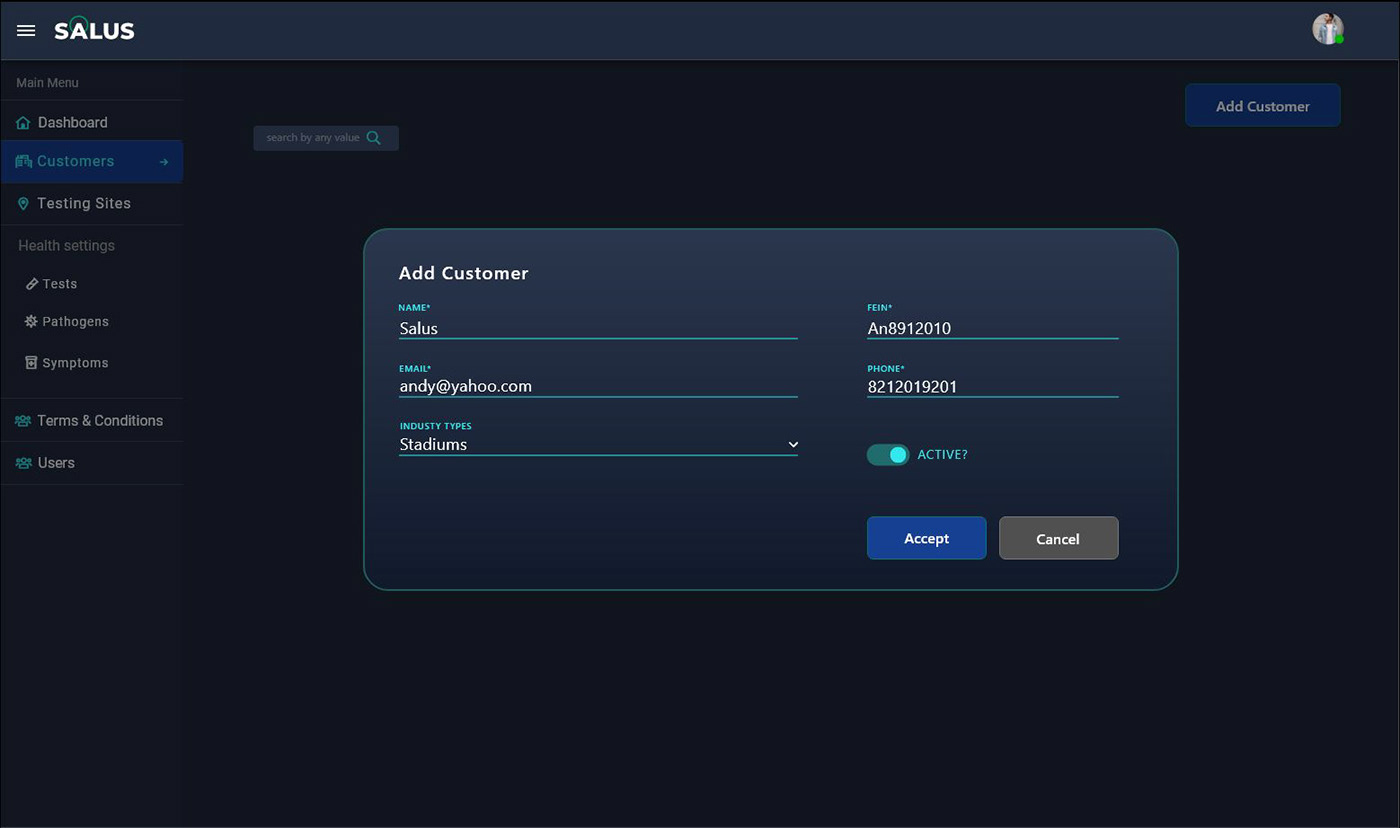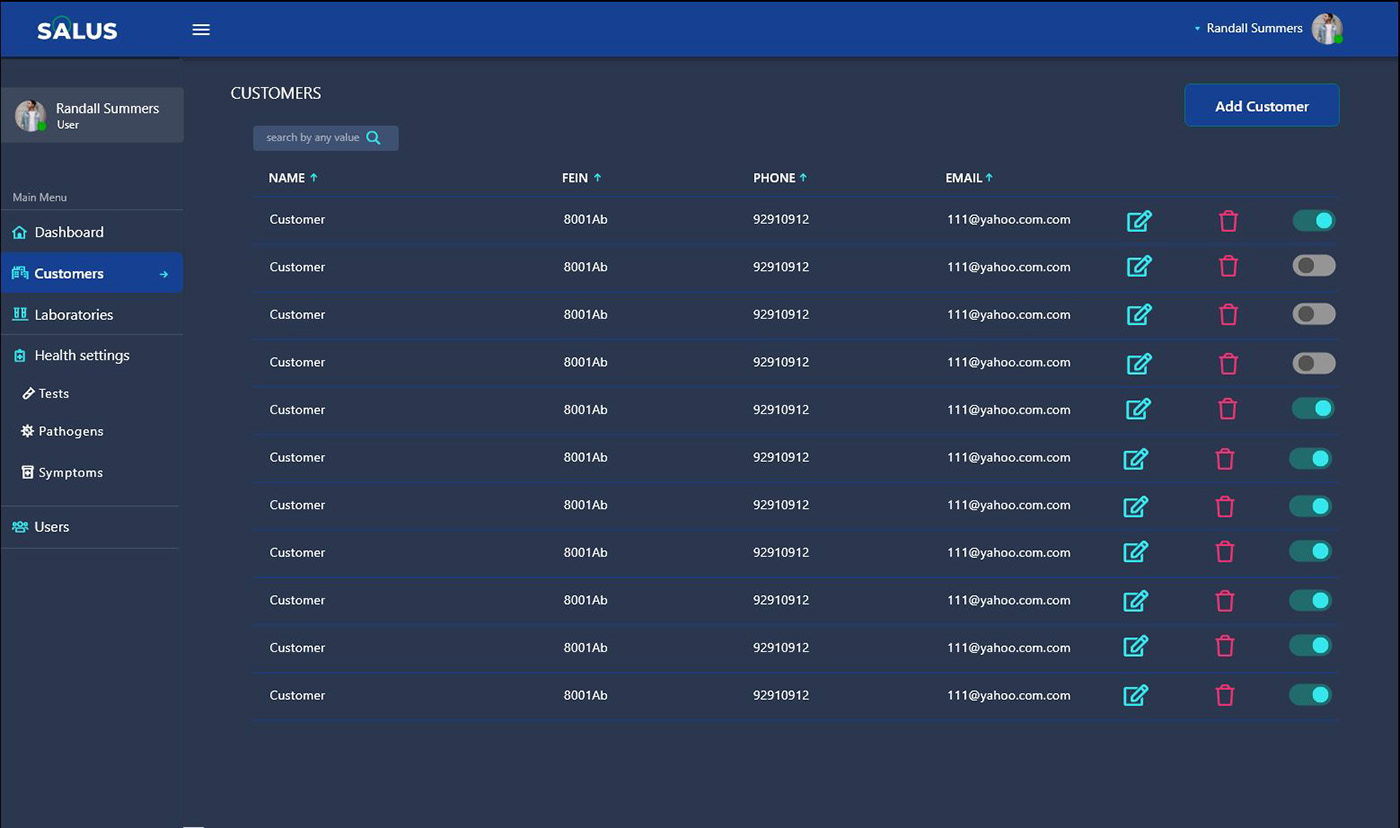Product Overview - Salus:
Salus is a mobile application designed to address the challenges faced by venues, event crews, and ship crews during the COVID-19 pandemic. The primary objective of Salus is to facilitate a safe and secure environment for individuals attending events or working in venues and ships by implementing robust health screening measures.

The Problem
Amidst the COVID-19 pandemic, venues, event crews, and ship crews encountered significant challenges in ensuring the health and safety of attendees and staff. With the highly contagious nature of the virus, traditional methods of health screening and contact tracing proved to be inefficient and time-consuming. Venues faced the dilemma of balancing safety protocols with the need to resume operations and host events. Event and ship crews struggled to implement comprehensive health screening measures while maintaining efficient operations.
Goal
The goal of Salus was to provide a solution that streamlined health screening processes for venues, event crews, and ship crews, thereby enabling them to create a safer environment for all stakeholders involved. By leveraging mobile technology and data analytics.
Through research conducted for the Salus project, several pain points were identified:
1- Inefficient Health Screening Processes 2-Limited Contact Tracing Capabilities
3-Compliance Challenges 4-Privacy Concerns
Ideation phase
Using the brainstorming technique, the team considered various ideas to address the issue. challenges brought about by the COVID-19 pandemic in venues. A major breakthrough came when they realized that QR codes could simplify the entry process while ensuring adherence to health and safety guidelines. This discovery led to further brainstorming on QR code-based solutions, ultimately resulting in the incorporation of QR code functionality into the app's design.
Consequently, the app's design now includes QR code functionality, enabling users to generate and scan QR codes for smooth venue access. This not only improved the user experience but also contributed to the overarching objective of enhancing safety and efficiency in venues during the COVID-19 pandemic.
Wireframe the initial step of the ideation process
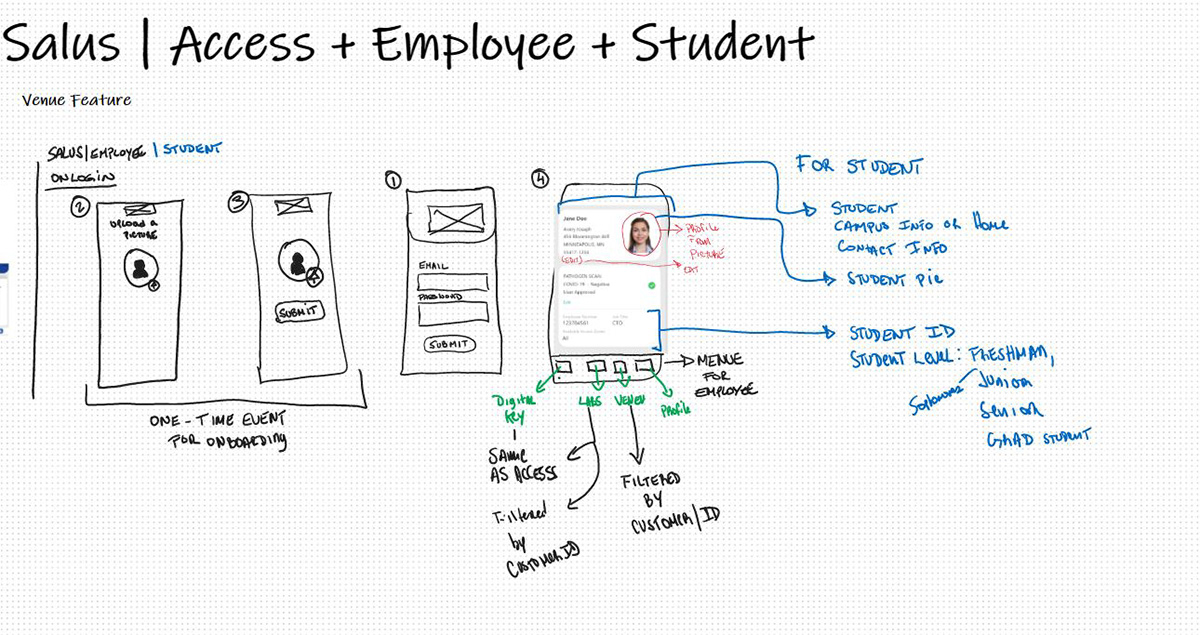
Paper Wireframes
The paper wireframe allowed the team to visualize the app's user interface and iterate on design ideas without investing significant time or resources in digital prototyping. The simplicity of paper wireframes facilitated rapid ideation and collaboration among team members, enabling them to explore various design concepts and make quick adjustments as needed. Additionally, paper wireframes helped communicate design ideas to stakeholders and gather early feedback before moving forward with more detailed design work.

Prototypes
Converting the paper wireframes into digital prototypes resulted in a polished and interactive version of the Salus app's interface and features. The team was able to enhance the design by adding specific visual elements, interactive components, and simulated user interactions. This improved prototype provided stakeholders with a more realistic experience of the app's flow and functionality, offering valuable insights into user experience and usability.

UI KIT
The user interface kit optimized design efforts, fostering a useful, usable, consistency and easy-to-use application.

Mockups
They provided stakeholders with a tangible representation of the app's user interface, allowing them to visualize the product and provide feedback on its design and functionality, a crucial role by offering a detailed plan for developers to follow in creating the app's user interface.



Admin - Digital Wireframe
